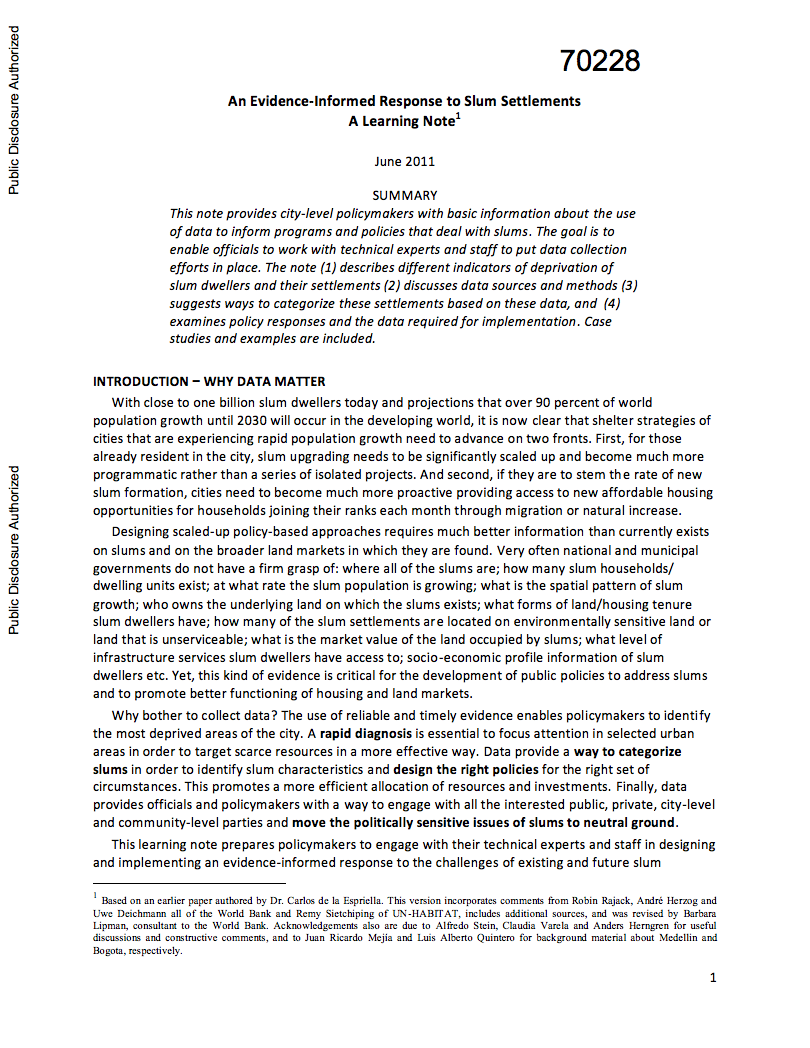Vietnam : Formal and Informal Social Assistance in Metropolitan Cities - A Rapid Assessment
The expanding coverage of social
assistance in Vietnam raises a question of whether relevant
arrangements at all levels are sufficiently robust to handle
a larger program. This note explores institutional and
delivery aspects of formal and informal social assistance in
metropolitan cities. It is a result of a rapid assessment of
governance and administration of social assistance in
metropolitan cities, including interviews with related


